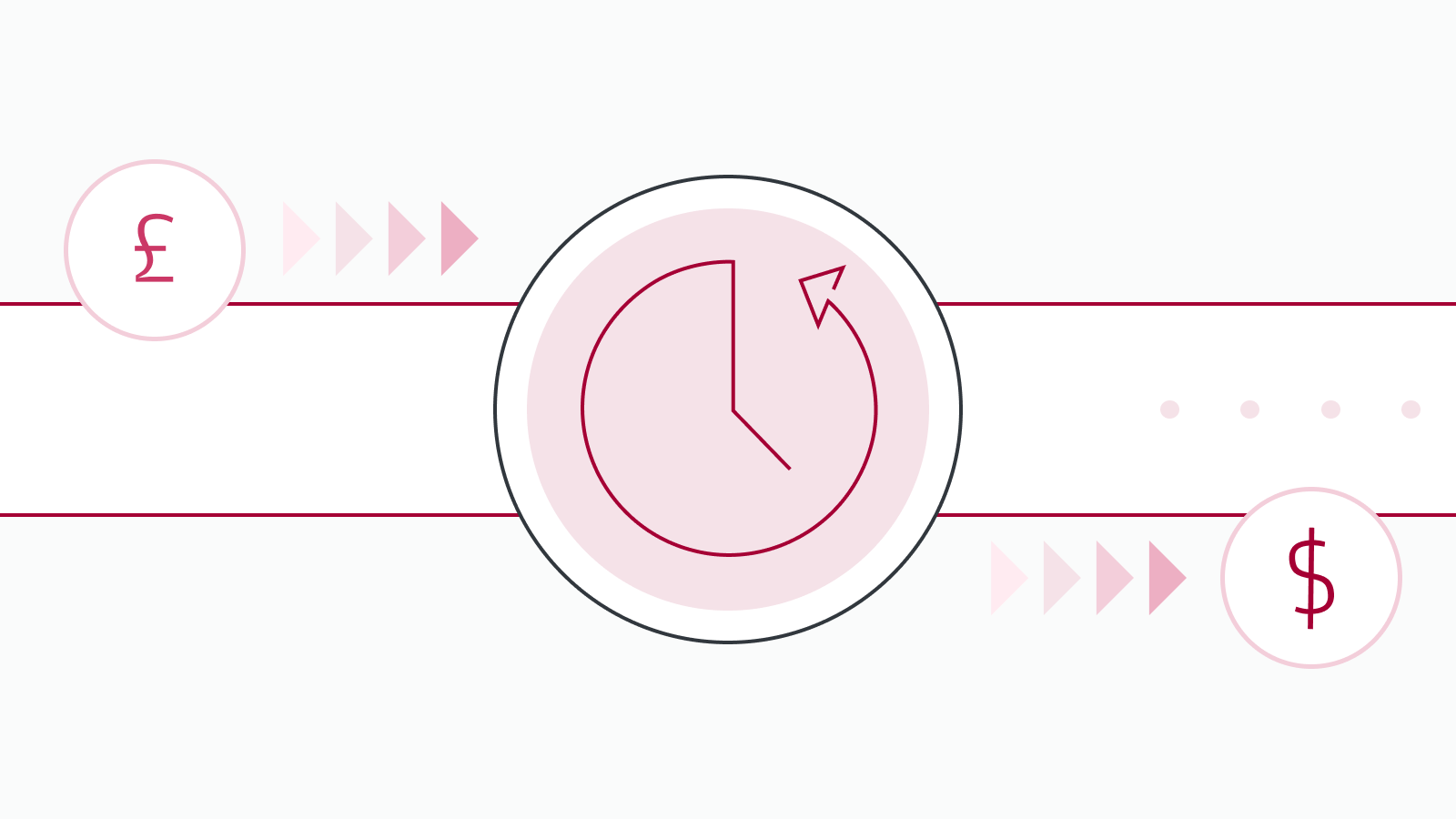Understanding the role of real-time payments (RTP)
11 April 2025
As businesses grow, the need for speed, transparency and control in their financial transactions becomes increasingly important. Real-time payments (RTP) addresses these needs by helping businesses to send and receive payments in seconds, any time of the day or week, almost anywhere in the world.
With real-time payment technology, companies can harness instant payment capabilities to support agility, efficiency and growth.
What are Real-Time Payments
Real-time payments is a payment method that can assist with instant fund availability, finality and transparency. Unlike traditional payment methods, RTP can settle transactions within seconds, providing immediate confirmation and clearance between the sender and receiver. This seamless process includes a rich data record from each transaction, enabling businesses to reconcile payments automatically and accurately. RTP can help ensure faster, more reliable fund transfers.
Understanding how real-time payments work
In an RTP transaction, payment information speeds through a secure, real-time network.
Transactions are initiated, processed and settled within seconds, and funds are almost immediately available to the recipient. This immediacy enables businesses to manage cash flow and payments in real-time, avoiding delays associated with traditional banking cut-off times and reducing manual administrative burdens.
How businesses use real-time payments
Companies need payment systems that keep up with the accelerated pace of international business. Traditional payment methods often involve delays, rigid cut-off times and a data opaqueness that can hamper cash flow, stifle decision-making and create inefficiencies.
RTP can help businesses access funds immediately and make payments on-demand, including outside regular business hours, so that it’s possible to send payments over weekends and holidays as needed - which is especially helpful for multinational companies juggling multiple time zones.
Real-time payments settle almost instantly, providing both the sender and receiver with immediate payment confirmation. This continuously up-to-date visibility into cash positions enables businesses to make optimally timed payments and take advantage of opportunities like favorable foreign exchange rates, mitigating liquidity risk and improving overall financial forecasting and resource allocation.
Integrated payment data makes automated reconciliation possible, which can help simplify accounting processes and minimize manual errors. This transparency and access to data means that RTP can also help businesses meet customer expectations for quick refunds, employee expectations for rapid payroll disbursements and partner expectations for efficient vendor payments.
Common business applications of real-time payments
Most large businesses will deploy real-time payments for specific use cases where agility, flexibility and almost-instant access to funds are crucial to operational success:
- Vendor payments: Businesses can use RTP to pay suppliers almost instantly, streamlining vendor relationships and reducing administrative follow-up. For example, a large retail chain relies on hundreds of vendors for inventory and supplies, using RTP to pay suppliers on receipt of goods, especially during high-demand seasons. This almost-instant payment capability allows vendors to maintain higher stock levels and prioritize the retailer’s orders, resulting in smoother operations and less administrative follow-up on payments.
- Payroll-on-demand: Employers can offer employees almost immediate access to their earnings, whether as on-demand wages or emergency payouts. Imagine a nationwide restaurant chain that provides employees with on-demand access to wages using RTP. If an employee needs immediate funds for unexpected expenses, they can access their present earnings instantly through a mobile app.
- Wallet withdrawals: Fintech platforms can use RTP to provide users with near-immediate access to their funds when transferring from digital wallets to bank accounts. Imagine a digital investment platform that allows users to instantly cash out returns from their app wallets into their personal bank accounts.
- Merchant payouts: E-commerce companies use RTP to offer merchants faster access to sales revenue, enhancing their cash flow and growth capabilities. For example, an e-commerce marketplace can offer same-day payouts to sellers using RTP.
- Bill payments: RTP ensures timely payments for utilities or services, reducing support inquiries and preventing disputes over delayed transactions. For example, utility providers might accept RTP from corporate customers to help ensure timely bill payments. The almost-immediate payment confirmation also enhances the billpayer’s cash flow predictability, allowing for better resource allocation and operational planning.
Important considerations when making real-time payments
While RTP offers significant advantages, it is important to consider it as part of a wider, more holistic payment strategy. Although RTP networks are expanding globally, they remain country-specific for now.
In the U.S., RTP services like the Clearing House RTP Network facilitate domestic transfers, but international real-time transactions require multiple systems as cross-border RTP capabilities continue to develop.
The other drawback of relying on RTP is higher transaction costs compared to ACH payments. Businesses must then balance these fees against the urgency, value and frequency of making real-time payments.
Finally, this convenience must be deployed with caution. RTP transactions are final and cannot be reversed. That means businesses must have robust fraud detection and validation capabilities in place to avoid errors or unauthorized payments.
Real-time payments are the future of agile businesses
As the world becomes smaller - and faster - real-time payments are becoming essential for businesses that require instant cash flow visibility, secure processing and the flexibility to meet financial obligations with precision and speed.
RTP networks are expanding and integrating globally as payment technologies continue to evolve. Soon, every business will have unprecedented control over their cash positions.
This shift toward instant payments will likely create a more competitive commercial landscape, and the ability to deliver on-demand payments may soon be seen as a baseline expectation - paving the way for future innovations in cross-border instant payments, streamlined cash management and integrated digital payment ecosystems.
Working with J.P. Morgan Payments for RTP
The readily available Global Payments API allows for seamless integration of RTP alongside other payment options such as ACH, Push to Card (P2C) and blockchain-based payments.
J.P. Morgan’s global network supports cross-border transactions with its extensive infrastructure, robust validation measures and established relationships with financial institutions and regulators.
Get started by exploring the API documentation and references.
Contact us if you have questions.